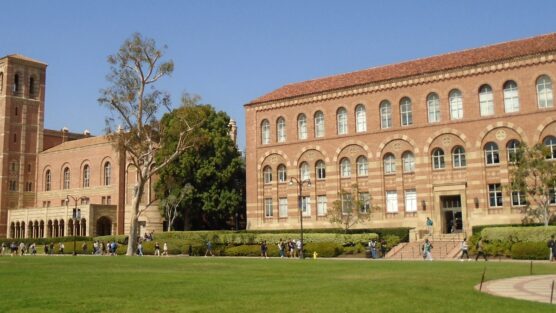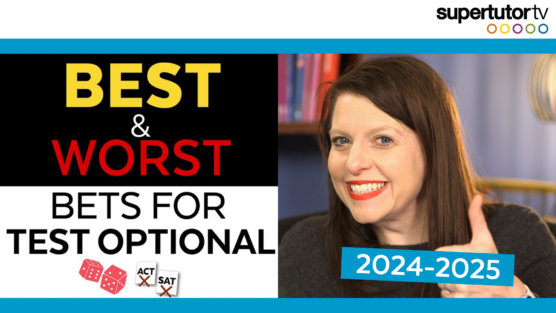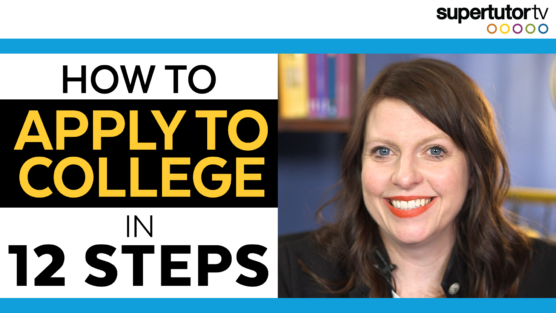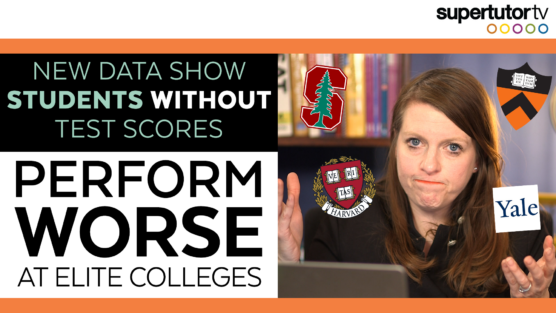Part 2 of a 3 part series
It’s a tough life for a college student out there. You just want to learn, get a degree, and start a career, but you also don’t want to put yourself in debt! I’m going to share a few ways to limit, or if at all possible avoid, racking up student debt after graduation.
Grants
Much like scholarships, grants do not need to be paid back. However, these are usually based on demonstrated financial need, so you’ll need to fill out the FAFSA to determine your eligibility. For more information on how to complete the form, I’ll also link our FAFSA video in this blog post.
Some grants awarded based on a student’s financial need are Pell Grants and Federal Supplemental Educational Opportunity Grants (FSEOG). Each participating school receives funds from the Federal Student Aid office of the U.S. Department of Education. Pell Grant eligible students receive the full amount they qualify for, regardless of how much they receive in other aid and how many students are eligible at the school. The FSEOG program awards aid to students with exceptional financial need, and comes directly from the school’s financial aid office. However, not all schools participate in the FSEOG program, so if you’re interested make sure to check that your school offers it. Also, each participating school only receives a certain amount of FSEOG funds, so once that runs out, no other FSEOG awards can be given out. As a general note, it’s important to do this research early and apply for federal student aid as early as possible!
Work-Study
One option to pay off tuition and other expenses is working as part of your work-study, which is specified in the financial aid package. Work-study means that you can choose to work part-time to help pay off a certain amount as determined by the work-study award allotted to you. There are on-campus or off-campus jobs, and you’ll work with the department or organization to set your hours based on how much work-study is allotted to you. To see if you’ll be eligible for work-study, you need to fill out the FAFSA and our video on how to do that is linked in this blog post.
Loans
Unlike scholarships and grants, loans need to be paid back with interest on top of the money you borrowed. There are two federal loan programs offered by the U.S. Department of Education: the Direct Loan Program and the Federal Perkins Loan Program.
The Direct Loan Program includes subsidized loans, unsubsidized loans, and PLUS loans. Subsidized and unsubsidized loans differ primarily in how to pay back the interest. Subsidized loans are based on a student’s demonstrated financial need and the government pays interest on these loans while the student is enrolled at least half-time, and during the grace period and deferment periods. Unsubsidized loans do not have to be based on financial need and the student pays interest on these loans during all periods starting from loan disbursement. PLUS Loans are loans that parents of dependent students can use to help pay off expenses not covered by other aid. The amount of PLUS Loans you can receive is determined by subtracting other financial aid awards from the total cost of attendance.
The Federal Perkins Loan Program is school-based and is structured specifically for students with exceptional financial need. Perkins Loans have lower interest rates at 5%. The school is your lender in this instance so you’ll be making payments to the school or its loan servicer. However, not all schools participate in this program, so check to see if your school offers it.
The question stands whether to choose federal student loans or private loans. I’ll talk about some key differences to help you make your decision. To start, federal loans are funded by the government, while private loans are made by lenders such as banks or credit unions. With federal loans, you don’t have to start repaying your loans until you graduate. On the other hand, some private loans might require you to pay while you’re still in school. Federal loans have fixed interest rates and are often lower than those of private loans to begin with. Private loan interests can also vary widely, which can ultimately increase the total amount you have to repay. As discussed previously, you may be able to qualify for a subsidized loan if you have demonstrated financial need, and this means the government will pay the interest on your loans while you’re in school. This option is not available with private loans because they are not subsidized, so with private loans you always have to pay the interest on top of your loans. If you have problems with repayment, it may be possible to lower your payments or temporarily postpone them with federal loans. Private loans may not offer the same forbearance and deferment options.
I hope this helped explain some ways to pay for college. Be sure to check out our other videos and blog posts on supertutortv.com for more financial aid information, college admission tips, and test prep material!





